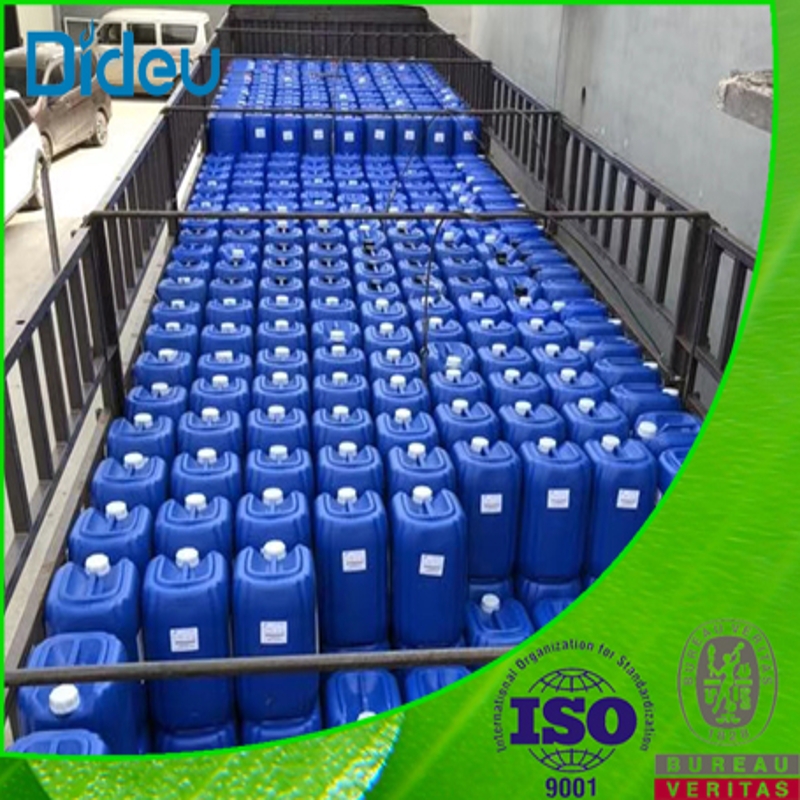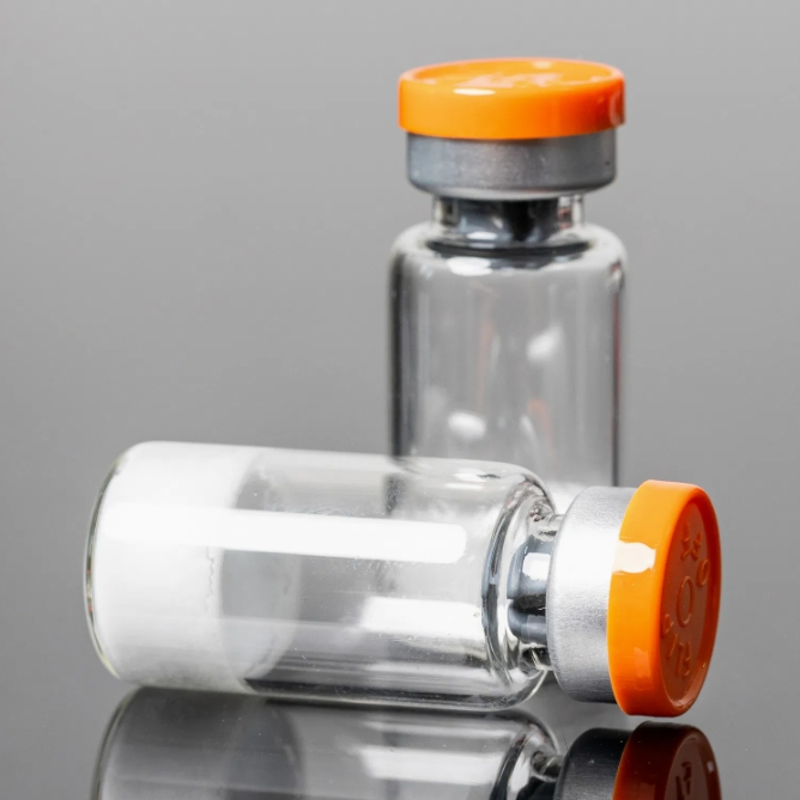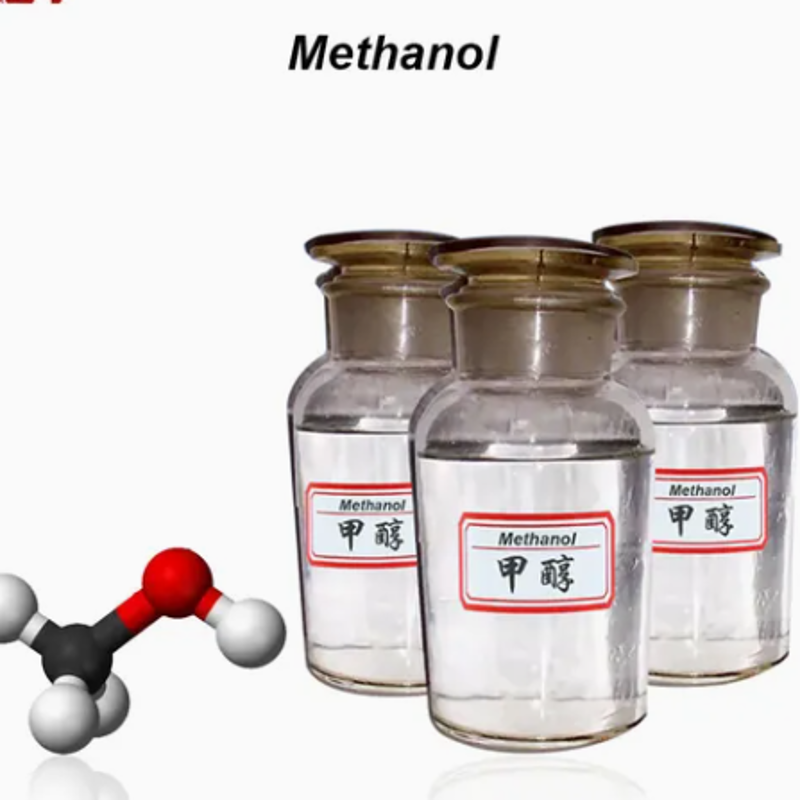-
Categories
-
Pharmaceutical Intermediates
-
Active Pharmaceutical Ingredients
-
Food Additives
- Industrial Coatings
- Agrochemicals
- Dyes and Pigments
- Surfactant
- Flavors and Fragrances
- Chemical Reagents
- Catalyst and Auxiliary
- Natural Products
- Inorganic Chemistry
-
Organic Chemistry
-
Biochemical Engineering
- Analytical Chemistry
-
Cosmetic Ingredient
- Water Treatment Chemical
-
Pharmaceutical Intermediates
Promotion
ECHEMI Mall
Wholesale
Weekly Price
Exhibition
News
-
Trade Service
2-Ethylhexanol, commonly referred to as EH, is an organic solvent that is widely used in the chemical industry.
It is a colorless, odorless liquid that has a high boiling point and a low vapor pressure.
EH is used in a variety of applications, including as a cleaning solvent, a flavoring agent, and as a solvent in the production of lacquers, inks, and other coatings.
Despite its widespread use, EH is also known to be a potential health hazard.
The chemical is classified as moderately toxic by the World Health Organization, and prolonged exposure to the vapor or liquid can cause skin irritation, respiratory problems, and even cancer.
As such, it is important for workers in the chemical industry to take appropriate precautions when handling EH.
To ensure the safety of workers and the environment, it is important to understand the potential hazards associated with EH and to implement appropriate safety measures.
In this article, we will examine the safety of 2-Ethylhexanol and provide guidance for safe handling and use in the chemical industry.
Hazardous Effects of EH
2-Ethylhexanol is known to be a skin irritant and can cause dermatitis if proper protective measures are not taken.
Prolonged exposure to the vapor or liquid can also cause respiratory problems, including coughing, shortness of breath, and difficulty breathing.
In addition, EH has been classified as a possible human carcinogen by the International Agency for Research on Cancer (IARC), based on animal studies that suggested an increased risk of cancer in workers exposed to the chemical.
Safe Handling of EH
To ensure the safety of workers handling EH, it is important to take appropriate precautions.
This includes wearing appropriate personal protective equipment (PPE), such as gloves, safety glasses, and a lab coat or apron.
In addition, workers should wash their hands thoroughly after handling EH and avoid touching their eyes or face.
It is also important to handle EH in a well-ventilated area and to avoid inhaling the vapor.
If possible, tasks involving EH should be performed using a local exhaust ventilation system to capture vapors and prevent them from being inhaled.
Storage and Disposal of EH
EH should be stored in a cool, dry, well-ventilated area that is inaccessible to unauthorized personnel.
The chemical should be stored in a secure container that is compatible with the chemical and is not likely to leak or rupture.
Proper ventilation is essential to prevent the buildup of vapors, which can be harmful if inhaled.
When disposing of EH, it should be done in accordance with local regulations and guidelines.
In many cases, this will involve returning the chemical to a supplier for proper disposal or recycling.
It is important to avoid pouring the chemical down the drain, as this can contaminate local water sources.
Conclusion
2-Ethylhexanol is a useful chemical in the production of a variety of products, but it is also known to be a potential health hazard.
To ensure the safety of workers and the environment, it is important to handle EH properly and to implement appropriate safety measures.
By following recommended safety guidelines and wearing appropriate PPE, workers can minimize their risk of exposure to the hazards associated with EH.
In conclusion, while 2-Ethylhexanol is an important chemical in the production of various products, it is essential to handle it with care and follow the recommended safety guidelines to prevent harm to workers and the environment.
Proper storage, handling, and disposal of EH will help minimize the risk of exposure to this potentially hazardous chemical.







